Capturing the Witch Head Nebula in Orion
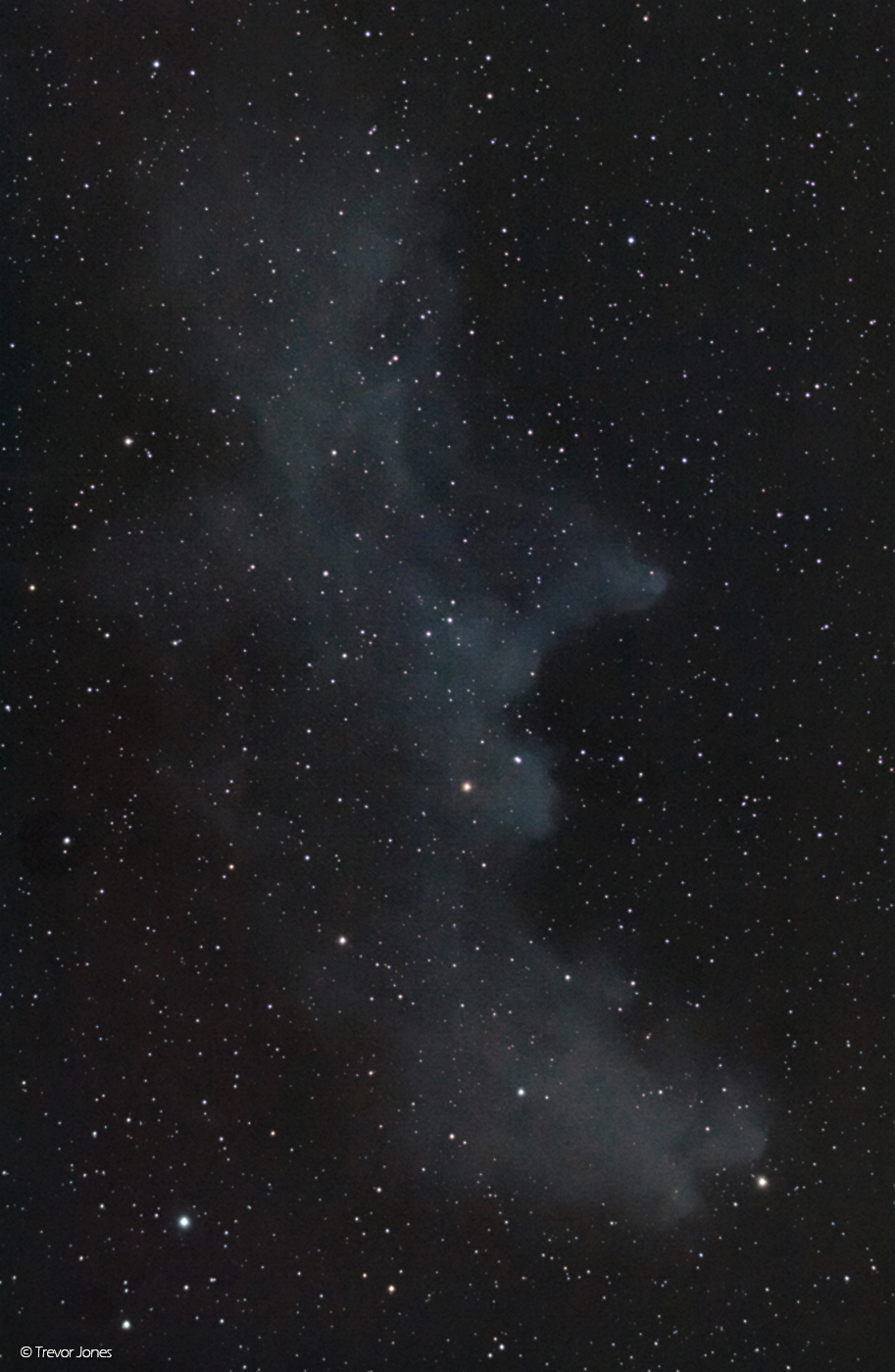
In early February 2014, I captured the Witch Head Nebula using my camera and telescope. This is a good example of what you can expect to capture using a stock DSLR camera under relatively dark skies.
IC 2218 is a reflection nebula in the constellation Eridanus, bordering Orion. It is illuminated by the bright star, Rigel, nearby. Rigel is a blue supergiant star that is about 85 times more massive than our Sun.
While this deep-sky object is quite large, it is very dim and difficult to observe through an astronomical telescope. Through long-exposure astrophotography, the overall shape of this reflection nebula becomes clear.
Above: IC 2118 – The Witch Head Nebula – Imaged Wednesday, Feb 19, 2014
18 subs, 5 Minutes Each totaling 1 Hour, 30 Minutes.
Astrophotography Details:
- Telescope: Explore Scientific ED80 with WO Flat III 0.8x FR/FF
- Mount: Skywatcher HEQ5 Pro Synscan
- Guiding: Meade DSI Pro II and PHD2 Guiding
- Guide Scope: Orion Mini 50mm
- Camera: Canon EOS 450D (Stock)
- ISO: 1600
- Total Exposure: 1 hour 30 Minutes (18 x 300s)
- Processing Software: Calibration and Stacking in DeepSkyStacker, Levels/Curves/Enhancements in Photoshop CC
- Support Files: 9 Dark Frames
To create the final image, image stacking software was used to combine all of the data, and produce a master file. You can review all of the tools I use to capture and process my astrophotography images on the resources page.
Since this image was captured, I have photographed the Witch Head Nebula again using a DSLR camera and a Canon EF 75-300mm lens. While this is a rather cheap camera lens, I was surprised at its potential for astrophotography when a star tracker is used.
It’s not the cleanest image in the world, but with more overall exposure time, I am confident that a decent image of the Witch Head Nebula is possible with this lens. The project was part of an astrophotography challenge I took on with Nico Carver of NebulaPhotos.
Photographing IC 2118 with a cheap Canon zoom lens (Canon EF 75-300 F/5.6).
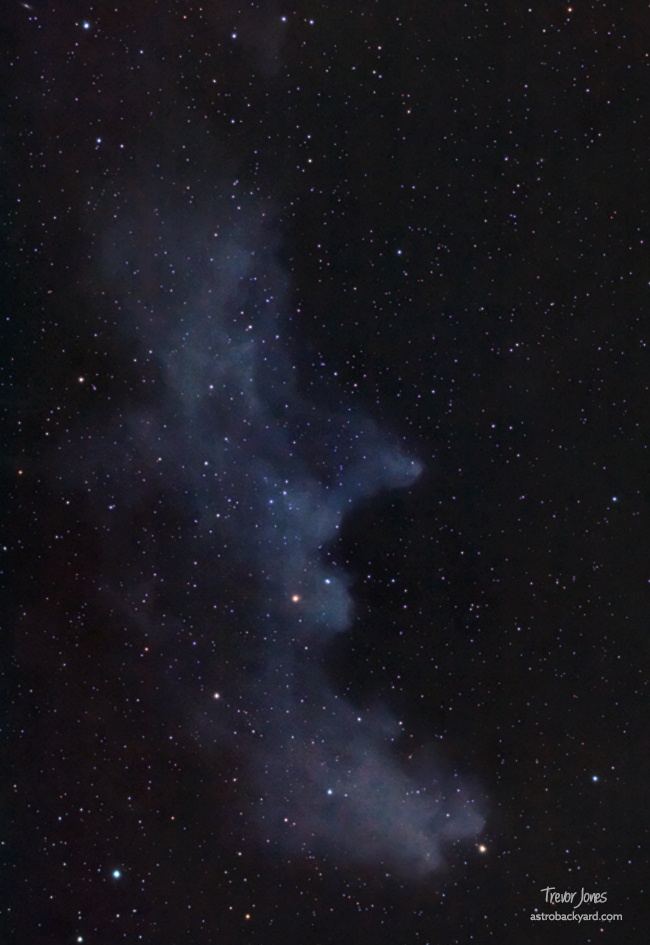
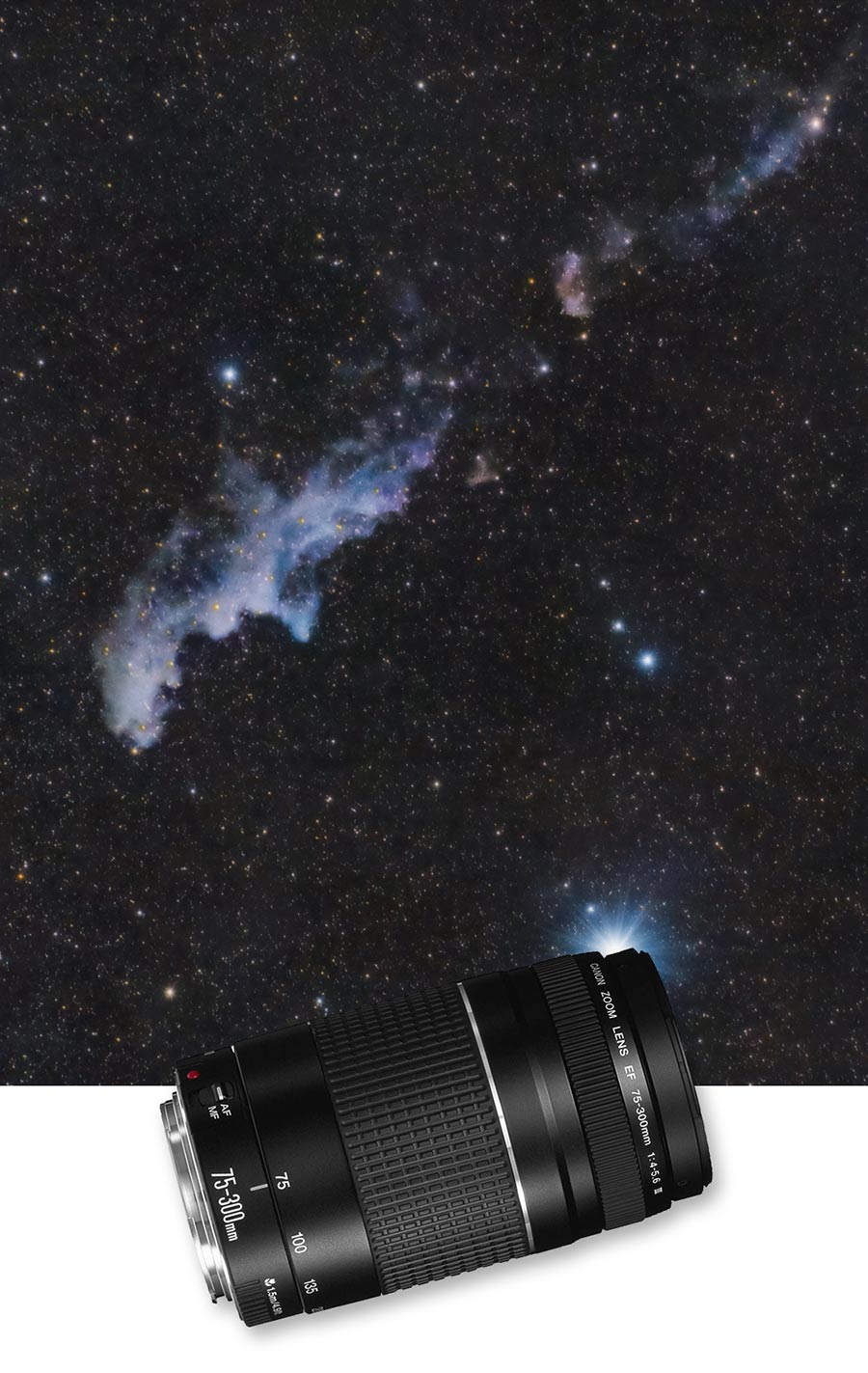
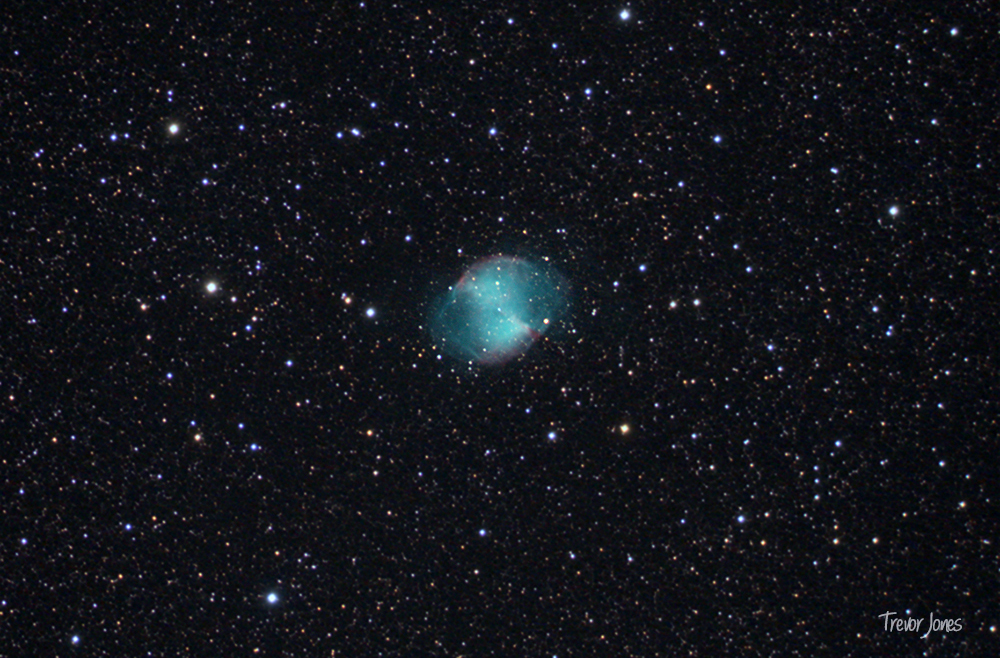
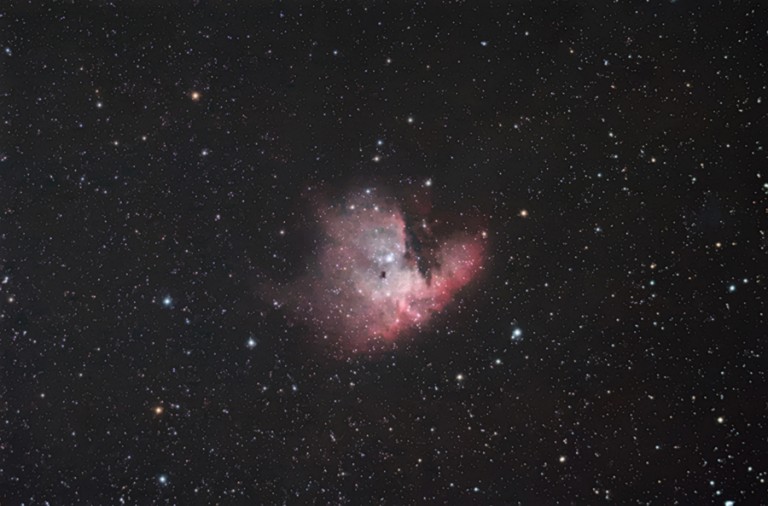


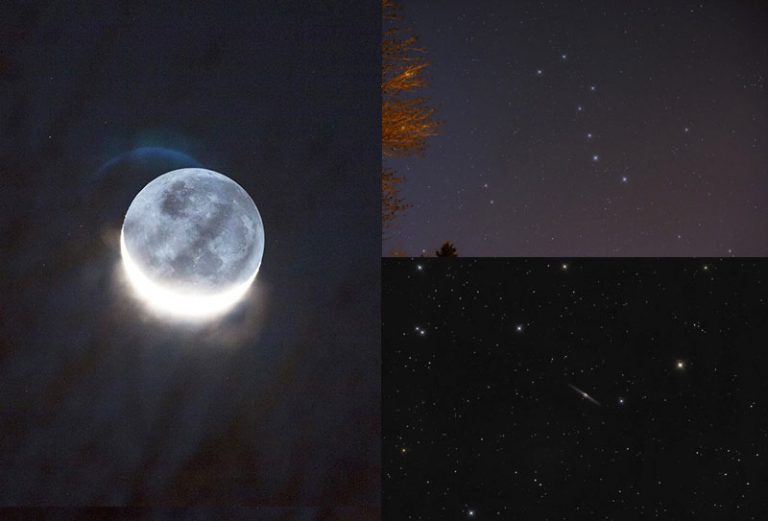
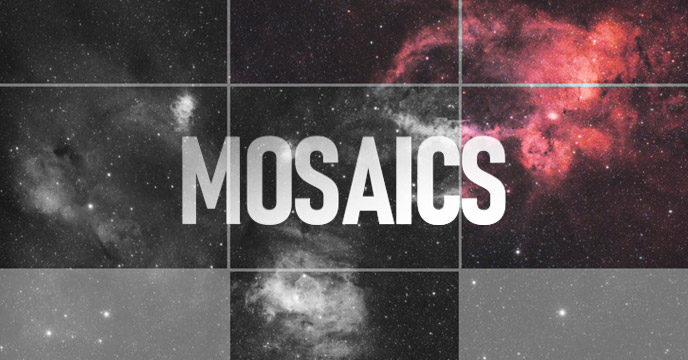
Beautiful work Trevor. Thank you for all your info!